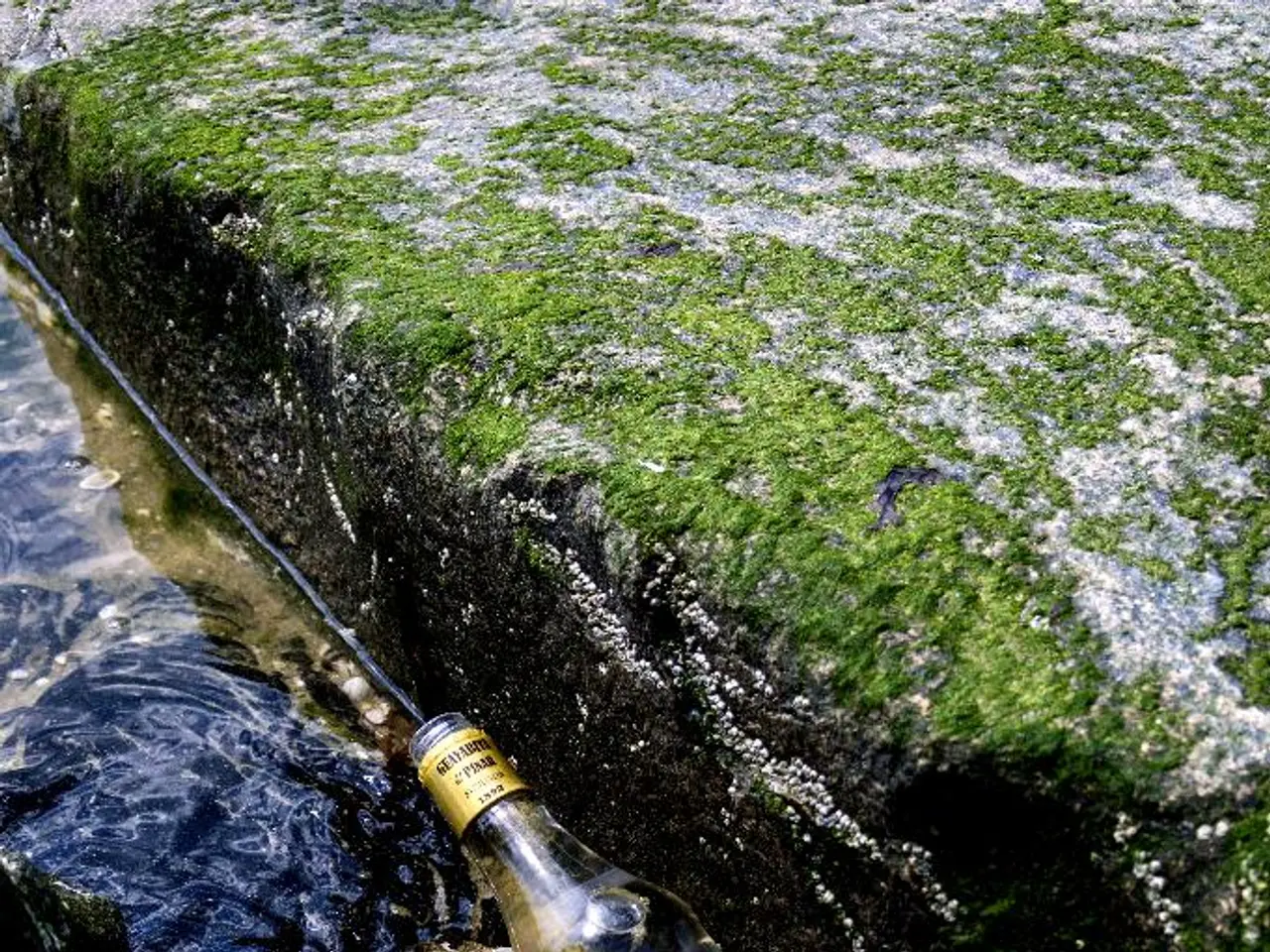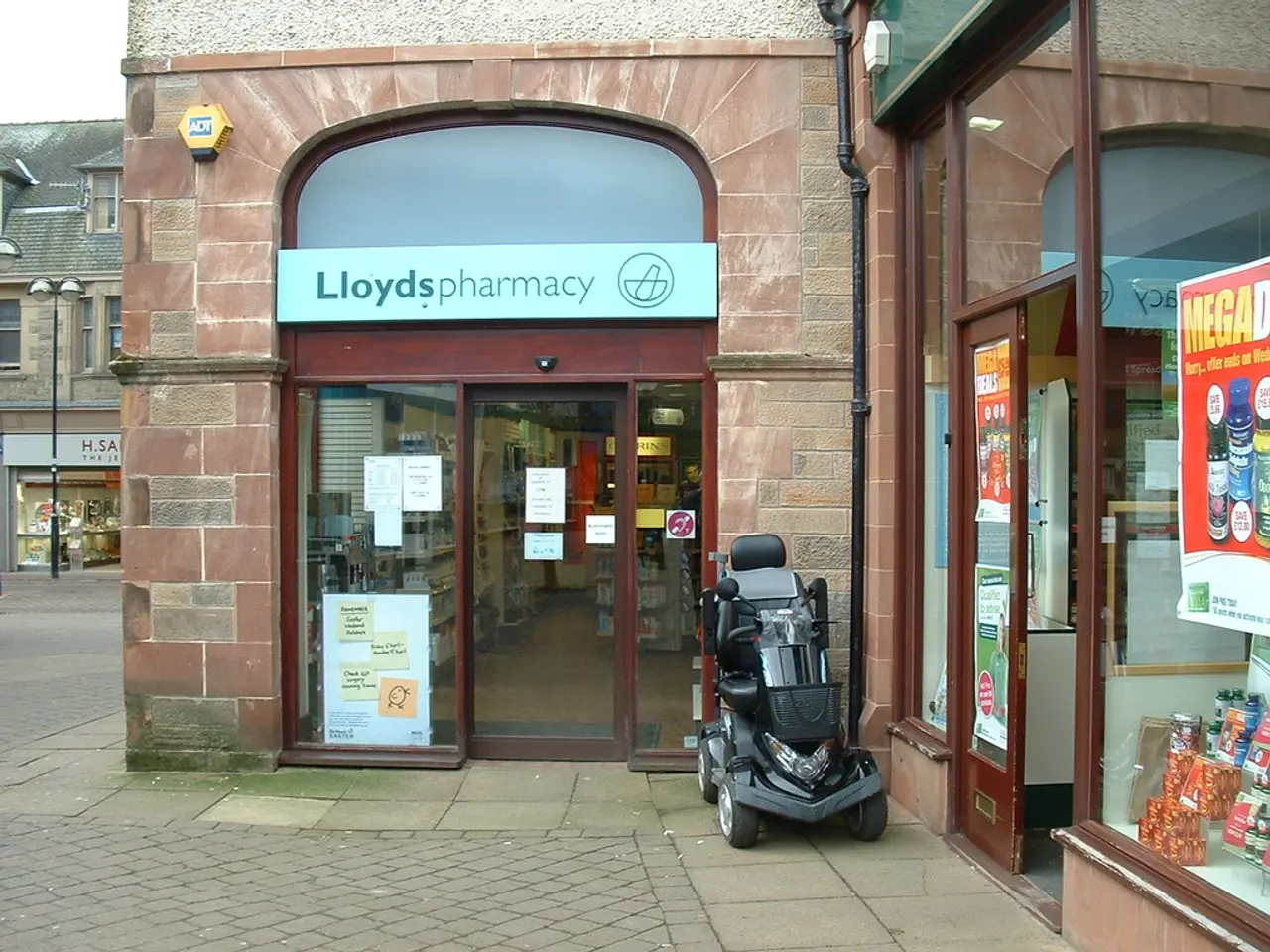Toxic water bloom identified in Aartal water supply reservoir - Harmful algae discovered in Aartalsbarre
Warning Issued for Blue-Green Algae Presence in Two German Reservoirs
Blue-green algae (cyanobacteria) have been detected in two popular recreational water bodies in Germany - the Aartalsperre near Bischoffen in the Lahn-Dill district and the Krombachtalsperre on the border with the Westerwald district.
These algal blooms can pose significant health risks for both humans and pets. Exposure to the toxins produced by some cyanobacteria species during harmful algal blooms can lead to skin rashes, diarrhea, respiratory problems, liver damage, neurological symptoms, and in severe cases, death.
For humans, contact or accidental ingestion while swimming or recreating in contaminated water can cause skin irritation and rashes, diarrhea and vomiting, respiratory problems from inhaling aerosols, liver damage, and neurological effects. Sensitive groups such as children, the elderly, and those with compromised immune systems are at higher risk even at low toxin levels.
Pets, particularly dogs, are also at risk. Ingestion of contaminated water or algae mats can lead to neurological symptoms such as seizures, disorientation, panting, excessive drooling, respiratory failure, liver failure, and death. Dogs can also ingest toxins by grooming algae off their fur after swimming in affected waters.
Toxins commonly involved include microcystins (liver toxins) and anatoxins (neurotoxins).
Preventive measures recommended include avoiding water bodies showing visible blooms or scum, preventing pets from drinking or swimming in such waters, and rinsing off thoroughly after contact with surface water.
Despite the health risks, swimming is not prohibited in the Aartalsperre, but caution is advised. The health department has issued a warning for bathers due to the presence of blue-green algae. However, no specific information about any measures being taken to address or mitigate the presence of blue-green algae in the Aartalsperre or Krombachtalsperre is available.
It's important to note that an increased occurrence of blue-green algae is not necessarily associated with a deterioration in water quality. The algae can change location quickly, within a few hours, so swimming in areas with visible streaks of blue-green algae is not recommended.
Dogs and children are particularly at risk, as they can ingest a lot of water while playing and become seriously ill.
The Aartalsperre is located near Bischoffen in the Lahn-Dill district, while the Krombachtalsperre is located on the border with the Westerwald district.
[1] Centers for Disease Control and Prevention. (2021). Harmful Algal Blooms (HABs). Retrieved from https://www.cdc.gov/hab/index.html [2] World Health Organization. (2019). Cyanobacteria and human health. Retrieved from https://www.who.int/water_sanitation_health/water-sanitation/drinking-water/chemicals/cyanobacteria/en/ [3] Environmental Protection Agency. (2021). Harmful Algal Blooms (HABs) and Human Health. Retrieved from https://www.epa.gov/nutrient-policy-data/harmful-algal-blooms-hab-and-human-health [4] American Veterinary Medical Association. (2021). Blue-green algae and pets. Retrieved from https://www.avma.org/resources/pet-owners/petcare/Pages/Blue-green-algae-and-pets.aspx
- The presence of blue-green algae in two German reservoirs highlights the importance of community and employment policies that prioritize health-and-wellness, environmental-science, and make public awareness about harmful algal blooms a part of their educational programs.
- As the science behind blue-green algae and its health effects continues to evolve, further research in the field of environmental-science is crucial to develop more effective strategies for mitigating the risks associated with these harmful algal blooms.




